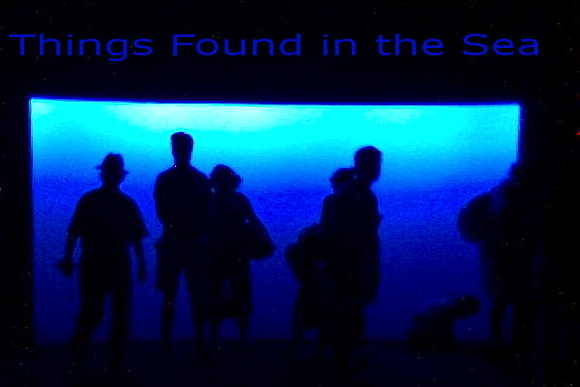 It should be noted that there was actually no train wreck. However the avoidance of one was one of the cooler things I have witnessed at a classical music concert.
It should be noted that there was actually no train wreck. However the avoidance of one was one of the cooler things I have witnessed at a classical music concert.The scene was set on March 8 at the Brooklyn Academy of Music - Michael Christie led the group through Takemitsu - Three Film Scores, played well by the strings, and Signals from Heaven, played not so well by the brass - and Bartok's Divertimento, which showed how much improved the orchestra has become in the past few years. There was a nice rich string sound, and real artistry in the piece.
The second half of the program was John Adam's rhapsodic Dharma at Big Sur, which is in essence a concerto for electric violin. I heard the NY Premiere of the piece a few years ago when Tracy Silverman and the LA Phil performed it under Esa Pekka Salonen at Avery Fisher Hall. My reaction to it at that time was ambivalence. Tracy Silverman wandered around the stage, bending with each phrase (one of the few times I would agree with this curmudgeon that movement can be distracting), and Fisher isn't the right hall for floating electronic quasi-raga music (I am not as down on Fisher as other people in NYC are; I have heard plenty of truly great concerts there).
Maestro Christie and the BP were performing the piece with Leila Josefowicz, who has become one of the leading interpreters of John Adams, and who can rock out on a standard acoustic violin as well as anyone....surely she would take well to the electric violin.
And she did, when it finally worked. One of the benefits (if that is the right term) of classical music is that it dates from a pre-technical time. Most instruments haven't changed much in the last 100 years and once you have an instrument in your hands it doesn't take anything but training to play it. You don't need an amp or a mixer or your laptop...this is likely why marching bands and the like aren't going to go anywhere any time soon...

Anyway, enough of the digressions. Leila's electric violin mysteriously wouldn't work, and it took about 10 minutes for the sound designer and technicians to unravel what was wrong. During this time, Leila and the conductor stayed on stage and tried to be helpful to the technicians, and made some light banter with the audience. It was cool to see two younger classical musicians deal with this - the generation above them would likely have been extremely nervous about correct concert protocol. Instead the audience was relaxed and patient while a new amp was brought out and the first casual strums of the electric violin filled the hall.
The Dharma at Big Sur is a grand piece in two connected movements, the first being an extended meditative crescendo which builds in layers and recalls the waves and shoreline of Northern California. The second movement is more active and rhythmic - it is the type of movement where you feel the soloist is really getting a workout.
Which is why, when Leila leaned into Michael while playing, and whispered something to him, it was startling. When was the last time a soloist had a chat with the conductor in the middle of a piece, while sawing away at their instrument...oh my. For one brief moment my breathing stopped as I thought the concert was going to come to a screeching halt.
But they kept playing, and the violin soared higher, over the orchestra, and the piece came to a beautiful rousing conclusion. The audience leapt to its feet and a room full of Leila Josefowicz fans (if they weren't already) were born.
In the discussion held onstage immediately after the concert, a curious audience member asked Leila about this soloist/conductor conversation, which she responded to honestly: "I said, 'I think we have to stop.'" Several of the strings on her instrument had gone wildly out of tune, like WILDLY, and she felt she needed to re-tune. The conductor however felt differently, and said his response was "We're going to be fine." He then added with a laugh that he just didn't want another interruption in the concert.
Leila then went on to explain that she took a moment during a break in her playing to get a sense of where her violin was now tuned, and modified the fingering for the rest of the piece to the new tuning of the strings...with this announcement, a room full of devoted Leila Josefowicz fans were born.
It is difficult to fully grasp what she did and how she did it in real time, but it demonstrates the abilities of an exceptional musician. It also demonstrates what can be accomplished when a soloist and conductor have a strong relationship and trust each other. Michael Christie and Leila Josefowicz have been working together for years, and he kept conducting not merely to avoid another interruption. He kept conducting because he knew they were in the middle of a huge climax of a great new piece, and they were going to be fine.


No comments:
Post a Comment